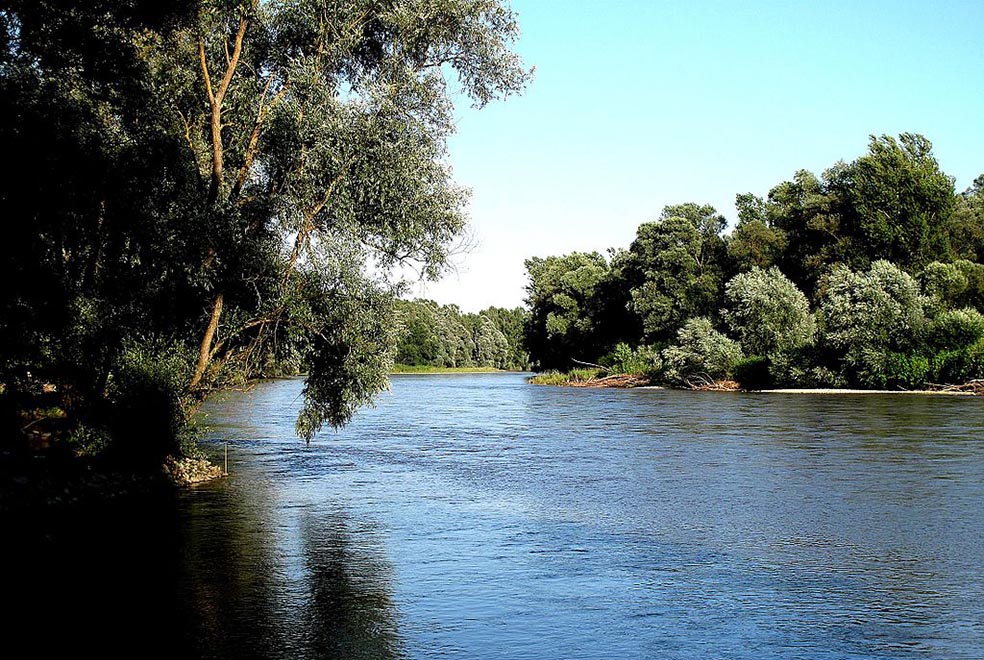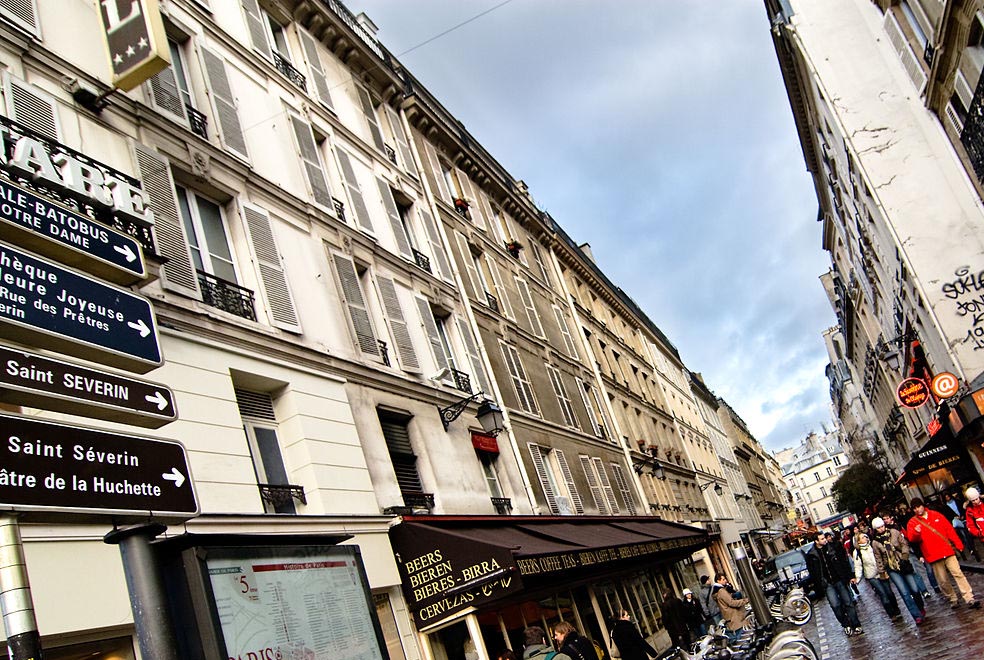Tweet Portland and many other cities around the country are facing the problem of adding more housing and infrastructure as more and more people move into the city. In short, they are being forced to densify, to fit more people into a limited amount of space. Portland has an urban growth boundary, so density is a specially pressing problem in the face of a projected population boom of 725,000 additional people in 20 years. The threat of people moving in with nowhere to house them has led to large swaths of the historic fabric of urban neighborhoods to be destroyed and…
Tweet Most people don’t really know what architects do on a day to day basis. Perhaps you have a vague notion that architects make napkin sketches sitting in sleek, low-lit bars playing jazz piano and a few months later fabulous buildings like the Guggenheim in Bilbao by Frank Gehry or the Bullet Building by Norman Foster manifest from that sketch. This is not entirely true, there are a number of people and processes missing from that scenario. A lot of things happen between the napkin sketch and when the doors of a building open and that stretch is where the…
Tweet Today’s post is by guest contributor Bob Graham: 2015 has brought to downtown Phoenix new multifamily development projects that have awakened and alarmed local stakeholders. Any of these developments on their own would probably have ruffled a few feathers but then continued on to completion would be just one more minor erosion of urban fabric that we would adjust to. However when they all come up at once, the challenges of maintaining our progress towards a revitalized and sustainable downtown become all too stark. Current Events: Problem Projects The three projects that have caught the community’s attention are, from west…
Tweet *Join us for a tour of this amazing, one-of-a-kind cob structure on January 10, 2015 at 11am. See the end of the article for more information.* Artist Dan Reed Miller built a tiny house before tiny houses were all the rage. Inspired by Thoreau, Dan wanted to see if he could live simply in the city without the clutter and extra things that come with modern living but just aren’t necessary. In 2006, he got a chance to experiment with the idea. His friend Debbieanne had just bought a house in the quiet north Portland neighborhood…
Tweet Modernism was king when I went to architecture school back in the late 90s and early 2000s. And the architect’s ego was carefully cultivated through very severe critiques of student work which quickly established who the stars of the class were and who the laggards were. Architecture was all about what we created and how we could impose our vision on the natural world. Professors blathered on with great delight about architects like Le Corbusier and Oscar Niemeyer. These were architecture’s heroes. Nevermind that their urban planning proposals had little to do with the actual human experience and everything…
Tweet Today’s article is by guest contributor Jonce Walker. Jonce is a LEED Accredited Professional, a Certified Sustainable Building Advisor and a Sustainability Consultant for Terrapin Bright Green in NYC. In the 1950’s, the arid climate of Phoenix, AZ created a haven to recover from the respiratory challenges associated with colder, wetter places in the United States. Coupled with warm winters and the chance to retire in inexpensive housing, the Valley of the Sun became a powerful draw for many Americans starting new lives after the war. However, after 60 years of breakneck development, several climate change-related challenges are beginning…
Tweet Enrique Peñalosa is the former mayor of Bogota and he has become famous for putting in place radical equity measures such as restricting private car use and installing hundreds of kilometers of sidewalks, bicycle paths, pedestrian streets, greenways, and parks. Some of his most well known accomplishments during his tenure as mayor of Bogota are organizing the first city-wide Car-Free day in 2001 where a city of 6.5 million people banned cars from its streets, opening up public spaces for all people to walk, bicycle, and enjoy the city and bringing a very successful Bus Rapid Transit system to…
Tweet Last week I attended the 25th anniversary Bioneers Conference in San Rafael, California. What is Bioneers, you ask? “Bioneers is a fertile hub of social and scientific innovators with practical and visionary solutions for the world’s most pressing environmental and social challenges,” says the website. I’ve been to several sustainability conferences in my life and I have to say, this was the best one. Many of the previous sustainability conferences I’ve been to focus on technological fixes to our climate change problems. While Bioneers pays plenty of attention to technology, there was an equal focus on people, culture and…
Tweet In The Death and Life of Great American Cities, Jane Jacobs said that “Cities need old buildings so badly it is probably impossible for vigorous streets and districts to grow without them.” But in an age of burgeoning urban populations and a pressing need to accommodate a more and more people into cities, does this still hold true? Shouldn’t we be replacing older smaller buildings with LEED Platinum high-rises? “Where do older, smaller buildings fit within cities that are seeking to maximize transit investments, increase density, and compete in the global economy” ask some urbanists. A new report…
Tweet Build it and they will come, right? For architects, all solutions to urban, suburban, and even rural problems lie in the built environment. Just look at Le Corbusier’s Plan Voisin, Frank Lloyd Wright’s Broadacre City and even Paolo Soleri’s Arcology. These are all visions for cities that are supposed to be more egalitarian, more accessible and in Soleri’s case, more in harmony with nature. But what if the solution to the world’s problems isn’t to build something new? Or even to mess with what’s already there? Maybe the solution is to make room, not build something. Maybe the solution…
























